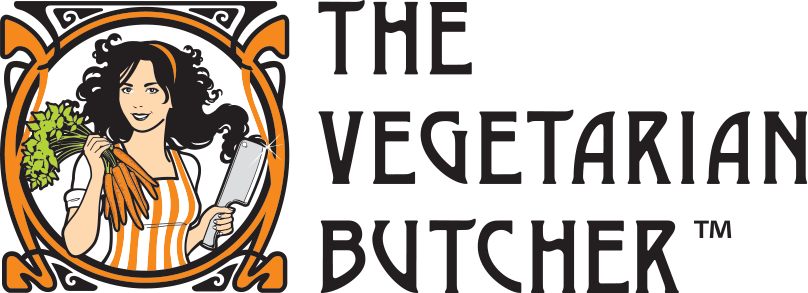Skip to:
Comparative greenhouse gas footprint for The Vegetarian Butcher’s ‘What the Cluck’ chicken chunks
Full life cycle analysis
At The Vegetarian Butcher we believe that you can eat more meat (our meat that is) and more plant-based food and not have to sacrifice a bloody thing. We know that eating a more plant-based diet has a positive impact on both the planet, and climate change, as well as releasing animals from the food chain. We are passionate about helping people – like you – be aware of the different choices that you can make, and the impact of them. As well as inspiring you with delicious recipe content to make mouth-watering plant-based meals
This year the UK is hosting COP26 – the UN Climate Change Conference 2021 – in Glasgow. So while the big decisions on climate change are being made by world leaders, we are looking at what we can do from a grass roots level to help shoppers make small changes which add up to a big impact.
So The Vegetarian Butcher is launching the UK’s first ever ‘Carbon Footprint Personal Shopper’ service new to Sainsbury’s during the COP26 conference
Both Principal Partners of COP26, so weare joining in the action against climate change, helping the nation make more sustainable choices that still taste great
The personal shoppers will be on hand in 10am – 6pm at the Darnley Sainsbury’s store in Glasgow on 5th November showing families how they can reduce their carbon footprint and shop in a more sustainable way
On this page you can find out how we calculated the difference in sustainability between animal meat and our meat
Unilever’s Safety & Environmental Assurance Centre (SEAC)
Headline impact
The greenhouse gas footprint of ‘What the Cluck’ has up to 48% lower global warming potential than average Dutch chicken meat consumer in the UK
Details of Dutch chicken used in study
- The analysis considers best-case scenario for chicken
- Dutch chicken meat represents low impact chicken production in Europe
- Chicken is fresh meat at a slaughterhouse in the Netherlands from the Agri-footprint database, using economic allocation
- Broiler hens reared for meat (not for laying eggs)
- Fed on compound feed, composed primarily of soybean meal (31%), maize (25%), wheat (18%) and rapeseed meal (11%)
Details of the lifecycles
- ‘What the Cluck’ lifecycle includes:
- Ingredient production (growing of crops & processing), packaging production, incoming transport, manufacture of finished product at our factory, distribution of finished product to retailer, storage in retail (refrigeration), consumer use (refrigeration & cooking) and packaging disposal
- ‘What the Cluck’ lifecycle does not include consumer transport for the following reasons:
- It has been shown in published studies to be a small contributor to total life cycle greenhouse gas emissions
- It is highly variable depending on the choice of mode of transport, distance to retailer and size of shopping basket
- The average Dutch chicken partial lifecycle includes:
- Chicken feed production (cultivation & processing) & chicken rearing, storage in retail (refrigeration), consumer use (refrigeration & cooking). Storage in retail and consumer use are assumed to be the same as ‘What the Cluck’.
- The average Dutch chicken partial life cycle does not include:
- Packaging production, incoming transport, distribution of finished product to retailer, consumer transport and packaging disposal
The Results (1kg product)
|
Global warming (kgCO2-eq.) |
‘What the Cluck’ |
4.0 |
Chicken meat, fresh, at slaughterhouse/NL Economic |
7.7 |
Figures based on results of a Life Cycle Assessment (LCA)* following ISO 14044 standard carried out by experts at
Unilever’s Safety and Environmental Assurance Centre. The study has not been externally peer reviewed.
*LCA is a scientific methodology used to understand the environmental impact of products across their life cycle,
from the growing of the crops, through their processing, transport and transformation into a finished product.
